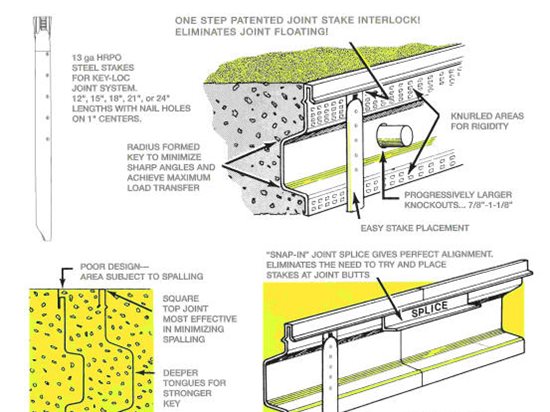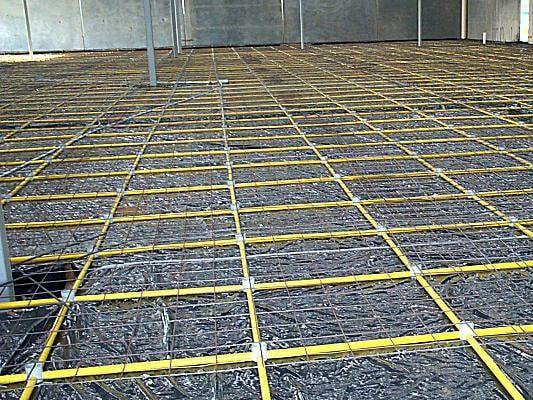Hello aci 224 3r 95 recommend table 1 2 as a rule of thumb and national academy of science criteria fig 3 6 as analytical way to determine maximum expansion aci expansion joint spacing aci concrete code issues eng tips.
Expansion joints concrete slabs aci.
The american concrete institute.
Aci 224r 92 one to three times the height of the wall in solid walls.
Then changed to 24 to 36 times slab thickness.
Joint spacing that is greater than 15 feet require the use of load transfer devices dowels or diamond plates.
Always cut off of your corners as soon as possible because this is usually the first place cracking starts.
This article emphases on need of expansion.
Table 1 2 expansion joint spacings.
Joint spacing in meters.
Refer to aci 223 for procedures for the design and construction of shrinkage compensating concrete slabs on ground.
Expansion joints are placed in concrete to prevent expansive cracks formed due to temperature change.
Plan out your control joint spacing 24 36 times the depth of your concrete slab.
Aci 350r joint spacing varies with amount and grade of shrink age and temperature reinforcement.
Author spacing lewerenz 1907 75 ft 23 m for walls.
Joints are commonly spaced at distances equal to 24 to 30 times the slab thickness.
Aci 350r 83 30 ft 9 m in sanitary structures.
The american concrete institute disclaims any and all re.
Expansion joints are provided in slabs pavements buildings bridges sidewalks railway tracks piping systems ships and other structures.
4 4 isolation joints and expansion joints 4 4 1 isolation joints 4 4 2 expansion joints.
The design of suspended floors should conform to requirements of aci 318 and aci 421 1r.
Founded in 1904 and headquartered in farmington hills michigan usa the american concrete institute is a leading authority and resource worldwide for the development dissemination and adoption of its consensus based standards technical resources educational programs and proven expertise for individuals and organizations involved in concrete design.
Joint spacing in feet contraction joints may be tooled into the concrete surface at the time of placement.
The rigidity of concrete enables it to distribute loads over.
Concrete undergoes expansion due to high temperature when in a confined boundary which leads to cracks.





















